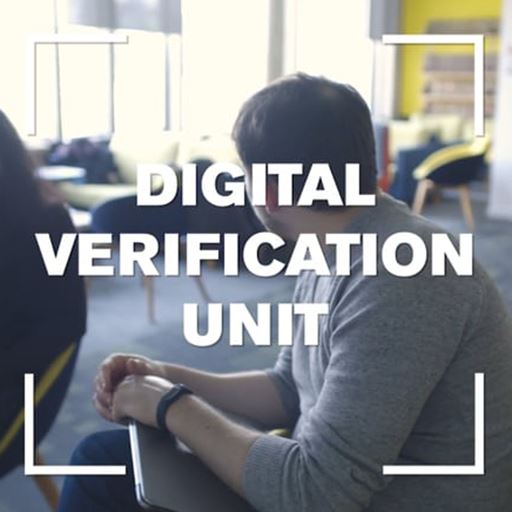In addition to the authenticity of the information, the reliability of its source is also an issue. Alleged human rights violations could be captured with the intent of raising awareness, or as propaganda aimed at the international community. It is, therefore, paramount to investigators to understand not only the context of the information provided, but also the underlying motivations of its uploaders.
In order to assist human rights investigators and researchers, this introductory guide sets out the steps and processes required to conduct verification.
It discusses some of the key open source tools available, with sections addressing geolocation, reverse image search, time zone converters and weather forecast software. The guide also provides a series of databases to assist in the identification of visual indicators, and provides tips relating to the verification of an uploader’s online profile, via the examination of information available across multiple social media platforms and metadata analysis.
Particular attention is payed to the potential challenges to be faced during the verification process. Considerations of time, potential absence of online content to corroborate violations’ reports, issues involving the quality of the material and the difficulty in interpreting content in different languages are discussed.
Finally, the introductory guide addresses the process of reporting the information collected, aiming for a concise, clear and comprehensive report that describes the methodology used so that the results can be reproduced and its content understood by someone who has not seen the examined material.
This guide is aimed at practitioners and is intended to help develop the skills necessary to work in this essential, but fast moving and dynamic environment.
View the report here: The Human Rights Centre Clinic Introductory Guide to Open Source Intelligence and Digital Verification (*pdf).





